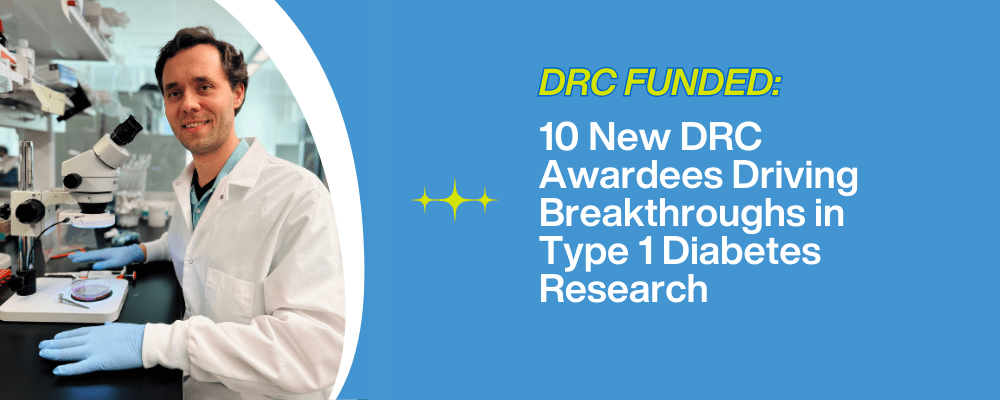Viruses are the cause of many health conditions and affect the body in different ways. As scientists learn more about these viruses, they can develop targeted strategies for preventing and treating them. A major breakthrough was recently discovered involving a very common virus known as the Epstein-Barr Virus or EBV.
EBV is most commonly known for causing mononucleosis (mono) or the “kissing disease” since it is often transmitted via saliva. By age 20, more than 90 percent of the population in developed countries will be infected by the disease. This rate spikes in under-developed countries with more than 90 percent of the population being affected by age 2. There is no cure for the virus – it remains in the body for life, though may not have a noticeable impact.
However, researchers have found that the effect it can have at a cellular level may be more significant than previously realized. Scientists from the Cincinnati Children’s Hospital’s Center for Autoimmune Genomics and Etiology have published a study potentially linking EBV to seven diseases, including T1D. One of the Diabetes Research Connection’s own Scientific Review Committee members, Matthias Von Herrath, was an author on an article cited by the study in its research.
Typically, the body responds to viruses by increasing the production of antibodies by B cells. These antibodies then attack and destroy the virus. However, with EBV, the virus actually takes over the B cells and re-programs them using transcription factors. This alters the way that B cells respond and can change their basic function, which may increase the risk of developing other diseases. The scientists have narrowed it down to one factor in particular – the EBNA2 protein.
Transcription factors associated with this protein attach to and change sections of person’s genetic code. Depending on where they attach, it could contribute to different diseases including T1D, lupus, multiple sclerosis, rheumatoid arthritis, celiac disease, and more. Identifying what is happening on a cellular level could help researchers to develop more targeted treatment options and potential cures for these diseases. The study also opens doors for more in-depth research regarding how transcription factors may affect other gene variants and diseases.
These findings are very encouraging in better understanding some of the underlying factors that may contribute to T1D. More research is necessary to explore each disease in particular and the potential impact from EBV and the EBNA2 protein. The Diabetes Research Connection is excited to see where these discoveries may lead moving forward and how it could change the future of T1D treatment. The DRC provides funding to early-career scientists pursuing novel research studies on type 1 diabetes to improve prevention strategies, treatment options, and management techniques as well as potentially find a cure. Learn more about current projects and provide support by visiting http://diabetesresearchconnection.org.




